
When considering the landscape of **Canadian art**, one name that consistently stands out is that of **Jean-Paul Riopelle**. Born on October 7, 1923, in the vibrant city of **Montreal**, Quebec, Riopelle emerged as a significant and influential figure within the **Abstract Expressionist** movement. His artistic journey is a captivating tale of evolution and achievement, transitioning from a budding artist in Canada to a celebrated painter recognized on the global stage. Throughout his career, Riopelle’s innovative techniques and bold use of color captivated audiences and critics alike. His work not only reflects his unique vision but also embodies the spirit of a transformative era in art. Join us as we explore the life, artistic evolution, and enduring legacy of this extraordinary Canadian artist, whose contributions continue to inspire and resonate in the art world today.
Early Life and Education
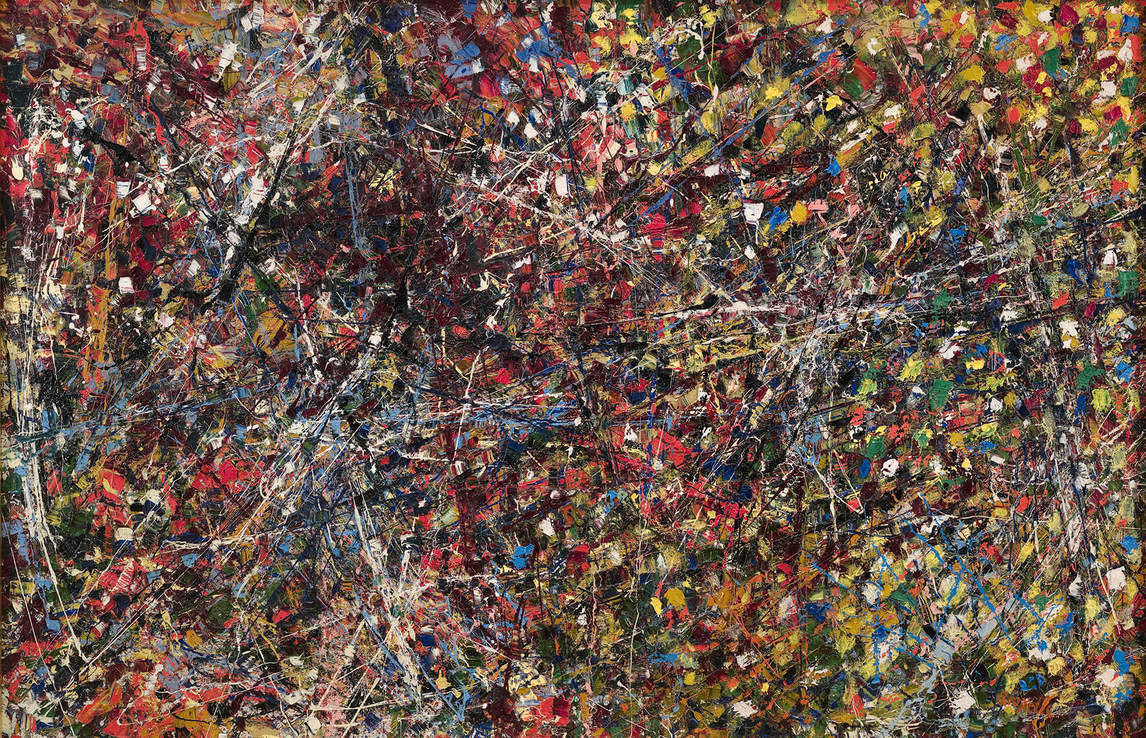
Roots in Montreal
Jean-Paul Riopelle’s artistic journey commenced in the bustling and culturally vibrant city of **Montreal**, a place that would profoundly shape his creative identity. Growing up in an environment rich with artistic expression, he was surrounded by a diverse array of artistic influences from a very young age. His formal education in the arts began at the esteemed **École des Beaux-Arts** and the **École du Meuble** in Montreal, where he dedicated himself to refining his artistic skills and techniques from 1943 to 1945. During this formative period, he absorbed the essence of various artistic movements and styles, laying a strong foundation for his future endeavors in the world of art.
Moving to Paris
In 1947, Riopelle took a significant leap in his artistic career by relocating to **Paris**, a city renowned as the epicenter of the art world. This pivotal move marked a turning point in his development as an artist, as Paris offered him unparalleled opportunities for growth and exploration. Immersed in the vibrant art scene, he engaged with the **Surrealists**, forming connections with prominent figures such as **André Breton** and **Marcel Duchamp**. This exposure to the avant-garde movements of the time had a profound impact on his artistic style and philosophical outlook, encouraging him to experiment with new techniques and concepts that would ultimately define his unique voice in the art world.
Association with Les Automatistes
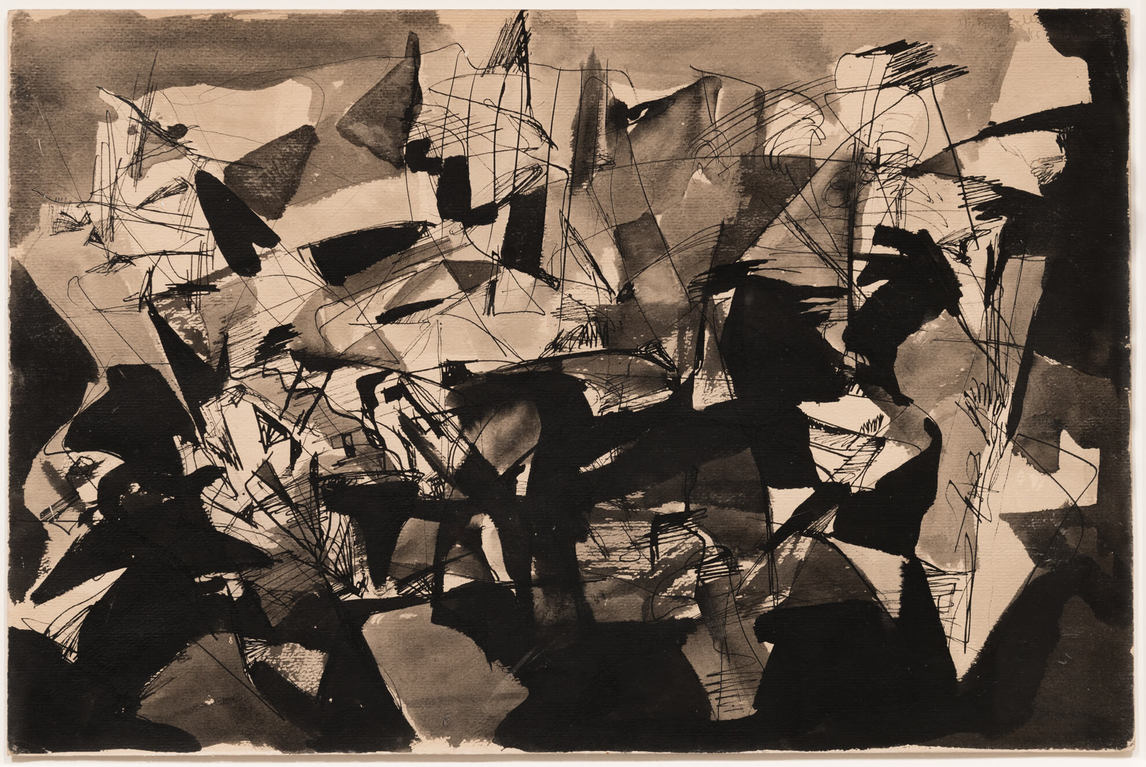
What is Les Automatistes?
In the vibrant art scene of Paris, the renowned Canadian painter Jean-Paul Riopelle became closely associated with a collective of artists known as **Les Automatistes**. This influential group was celebrated for their innovative practice of **automatism**, a creative technique that prioritizes spontaneous expression and the act of creation without the constraints of conscious thought. By embracing this method, Riopelle found a unique avenue to delve into his artistic instincts, allowing him to explore his creativity in ways that were both liberating and groundbreaking. The Automatistes sought to break free from traditional artistic conventions, and their collaborative spirit fostered an environment where experimentation thrived, significantly impacting Riopelle’s artistic journey.
International Recognition
Riopelle’s distinctive artistic style quickly captured the attention of the art world, leading to widespread recognition. His early works were marked by a lyrical abstraction that conveyed emotion and movement, but as he continued to evolve as an artist, his technique transformed into a more dynamic **impasto** style. This method involved applying paint in thick layers, creating rich textures that added depth and intensity to his pieces. This evolution in his work represented a pivotal moment in his career, propelling him into the international spotlight and establishing him as a significant figure in the modern art movement. His ability to blend spontaneity with technical prowess resonated with audiences and critics alike, solidifying his legacy as a master of contemporary art.
Major Works and Achievements

The Venice Biennale
One of the most significant milestones in Jean-Paul Riopelle’s illustrious career occurred in 1954 when he had the honor of representing **Canada** at the prestigious **Venice Biennale**. This renowned international art exhibition served as a platform for artists from around the world to showcase their work, and Riopelle made a striking impression with his monumental triptych titled **Pavane**. This remarkable piece not only highlighted his exceptional artistic talent but also played a crucial role in establishing him as a prominent figure in the realm of modern art. His participation in the Biennale was transformative, propelling him into the global art scene and earning him recognition that would resonate throughout his career.
UNESCO Prize and Retrospective Exhibition
In 1962, Riopelle returned to the Venice Biennale, further solidifying his reputation as a leading artist. During this edition of the event, he was honored with the prestigious **UNESCO prize**, a testament to his innovative contributions to the art world. The following year marked another significant achievement in his career when the **National Gallery of Canada** organized a retrospective exhibition dedicated to his body of work. This exhibition was particularly noteworthy as it made Riopelle the youngest artist to receive such an esteemed recognition at the age of just 40. This remarkable accomplishment not only celebrated his artistic journey but also underscored his impact on the Canadian and international art landscapes.
Artistic Style and Techniques
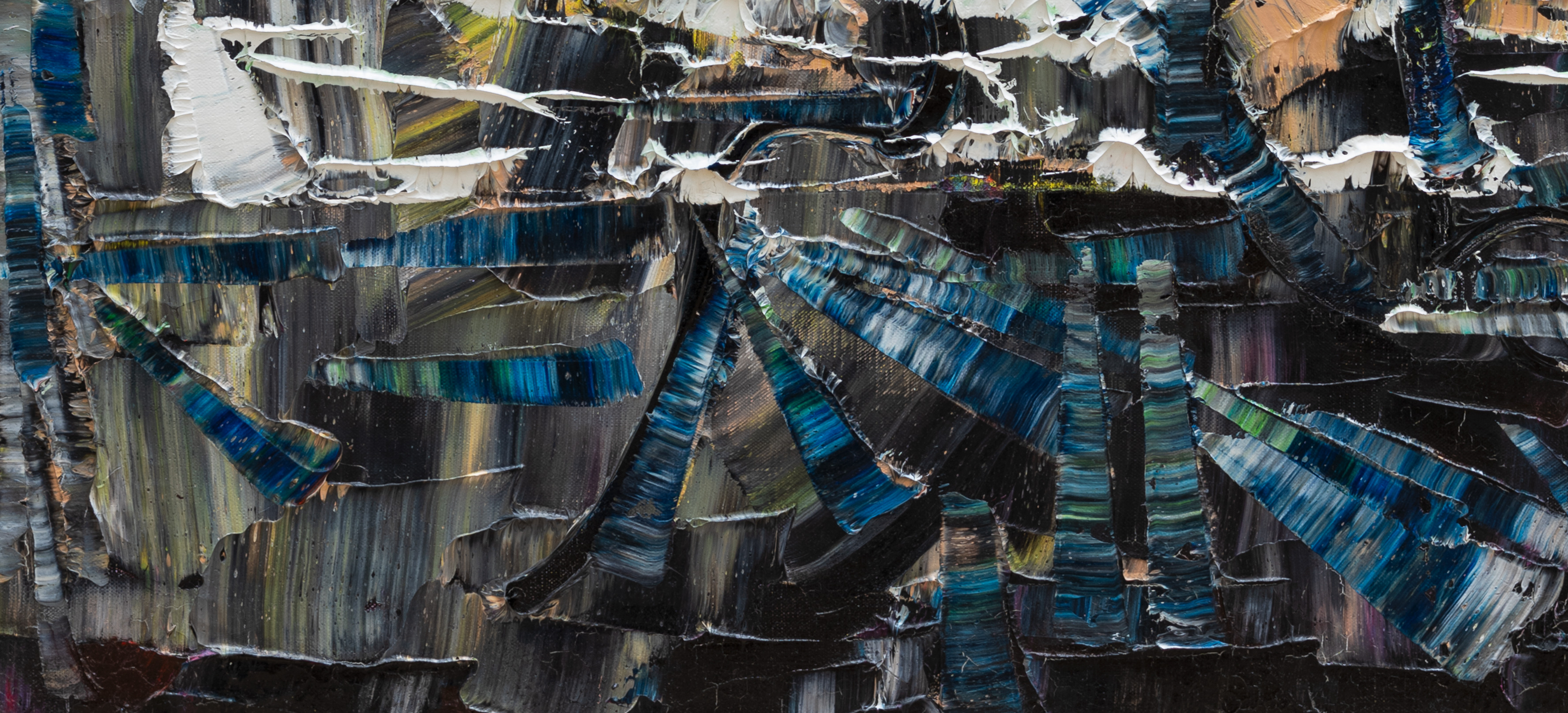
Exploring Various Media
Riopelle was not just a painter; he was a master of various media. His works included **watercolor**, **ink**, **oils**, **crayon**, and **chalk**. This versatility allowed him to experiment and push the boundaries of traditional art forms.
The Power of Impasto
His **impasto** technique, where paint is laid on the canvas in thick layers, created a sense of depth and movement. It’s like he was sculpting with paint! This method added a tactile quality to his work, inviting viewers to engage with the art on a sensory level.
Later Years and Return to Canada
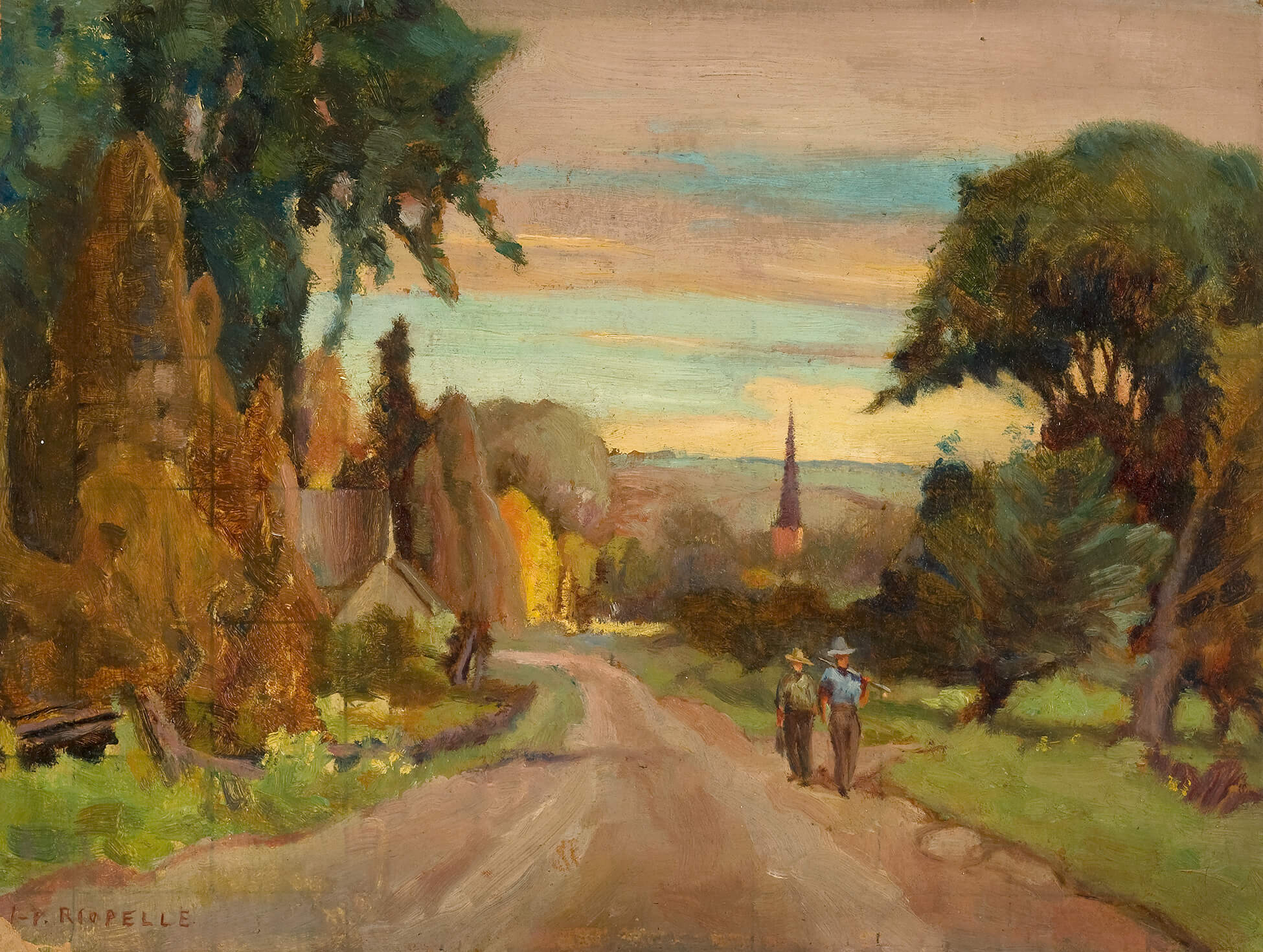
Settling in Quebec
After spending most of his life in Paris, Riopelle returned to **Canada** in the early 1990s, settling permanently in **Quebec**. This return to his roots influenced his later works, which began to incorporate more representational elements, often suggesting landscapes.
Final Major Work
In 2000, Riopelle created his last major work, **L’Hommage à Rosa Luxemburg**. This narrative fresco, stretching over 40 meters (130 feet), was a testament to his enduring creativity and passion for art, even in his later years.
Legacy and Influence

A Lasting Impact on Canadian Art
Jean-Paul Riopelle’s influence on **Canadian art** is immeasurable. He opened doors for future generations of artists, encouraging them to explore their creativity without constraints. His works continue to inspire and challenge the norms of contemporary art.
Recognition and Awards
Throughout his career, Riopelle received numerous awards and honors, solidifying his place in the art world. His contributions to modern art have been recognized not just in Canada but globally, making him a true icon.
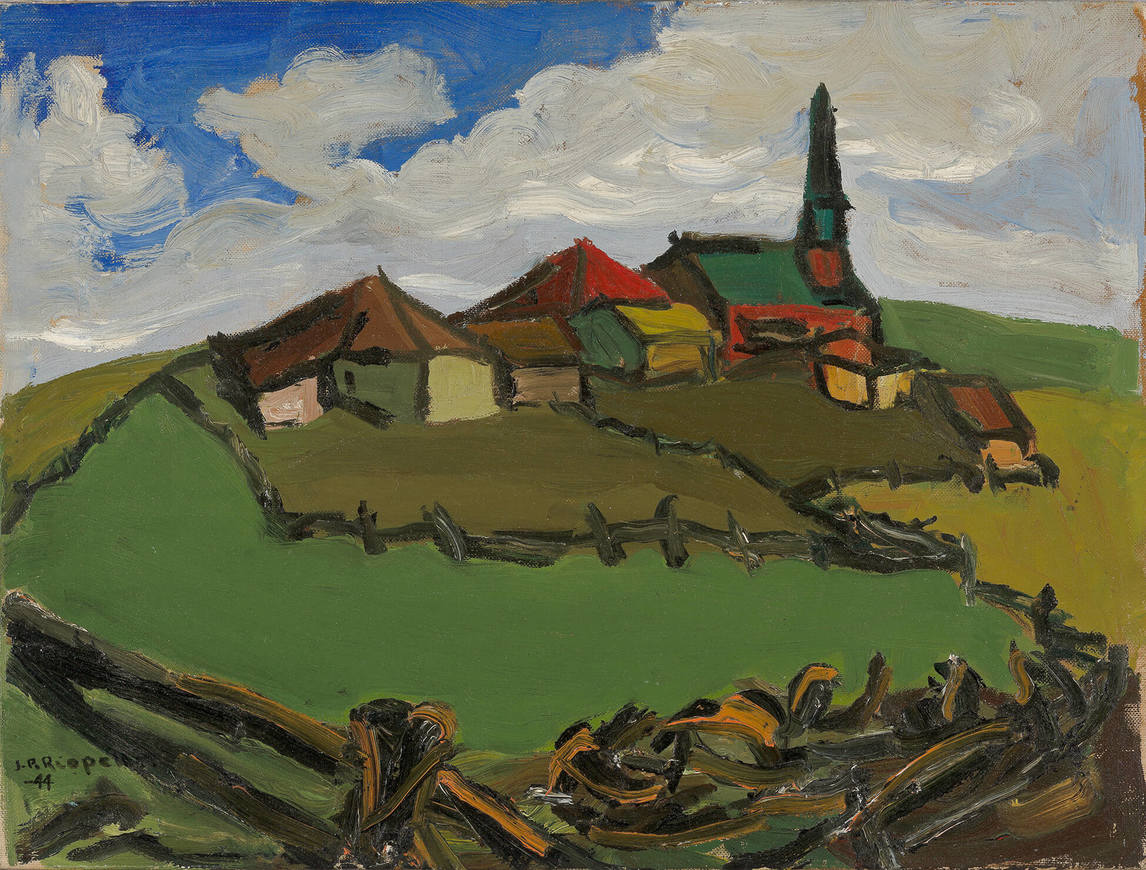
Jean-Paul Riopelle was more than just an artist; he was a pioneer who reshaped the landscape of modern art. His journey from a young boy in Montreal to an internationally acclaimed artist is a story of passion, creativity, and resilience. As we reflect on his life and works, we are reminded of the power of art to transcend boundaries and connect us all.
Table: Key Milestones in Jean-Paul Riopelle’s Life

| Year | Milestone |
|---|---|
| 1923 | Born in Montreal, Quebec |
| 1943-1945 | Studied at École des Beaux-Arts and École du Meuble |
| 1947 | Moved to Paris |
| 1954 | Represented Canada at Venice Biennale with Pavane |
| 1962 | Awarded UNESCO prize at Venice Biennale |
| 1963 | Retrospective exhibition at National Gallery of Canada |
| 1990s | Returned to Canada, settled in Quebec |
| 2000 | Created L’Hommage à Rosa Luxemburg |
| 2002 | Died on March 12 |

